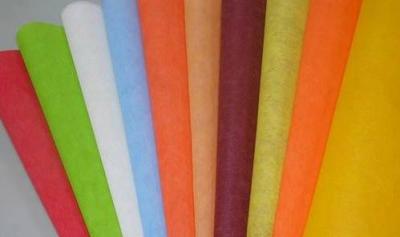Preface:
It is a high concentration reactive dye fixing agent, and a special polyether cationic monomer polymer. Formaldehyde-free Fixing Agent does not affect the handle of the fabric. The bad effect of rough handle after conventional fixing agent treatment has changed. It can obviously improve the excellent wet fastness of fabrics (washing, flooding, sweat, etc.). It does not affect the light fastness of fabrics.
Experimental technology:
1. Laboratory materials and equipment
1.1 Material: Red pure cotton knitted fabric, and turquoise blue pure cotton knitted fabric
1.2 Auxiliaries: HT Formaldehyde-free Fixing Agent WPB and Fixing agent on the market
1.3 Equipment: Normal temperature dyeing prototype, Y571 friction fastness tester, and 101-3 electrothermal constant temperature blast dryer
1.4 Test Indicators: soaping fastness, rubbing fastness, water stain fastness, perspiration stain fastness
2. Experimental Prescription and Technology
|
prescription |
(1) |
(2) |
(3) |
|
Fixing Agent(5) |
1% |
2% |
3% |
Technology of fixing process: Bath ratio: 1:6~8. Dip in fixing bath for 15~20 min at 50-55℃→Rinse→Dry
3. Experimental results
3.1 Friction fastness:
|
|
Grade |
Dry friction |
Grade |
Wet friction |
|
HT Formaldehyde-free Fixing Agent WPB 1% |
4.5 |
|
2.5 |
|
|
Fixing agent on the market 1% |
4.5 |
|
2.5 |
|
|
HT Formaldehyde-free Fixing Agent WPB 2% |
4.5 |
|
2.5-3 |
|
|
Fixing agent on the market 2% |
4.5 |
|
2.5-3 |
|
|
HTFormaldehyde-free Fixing Agent 3% |
4.5 |
|
3 |
|
|
Fixing agent on the market 3% |
4.5 |
|
2.5-3 |
|
|
Blank |
4.0 |
|
2.0 |
|
|
|
Grade |
Dry friction |
Grade |
Wet friction |
|
HT Formaldehyde-free Fixing Agent WPB 1% |
4.5 |
|
2.5 |
|
|
Fixing agent on the market 1% |
4.5 |
|
2.5 |
|
|
HT Formaldehyde-free Fixing Agent WPB 2% |
4.5 |
|
2.5-3 |
|
|
Fixing agent on the market 2% |
4.5 |
|
2.5-3 |
|
|
HT Formaldehyde-free Fixing Agent WPB 3% |
4.5 |
|
3 |
|
|
Fixing agent on the market 3% |
4.5 |
|
2.5-3 |
|
|
Blank |
4.0 |
|
2.0 |
|
Conclusion: HT Formaldehyde-free Fixing Agent WPB is better than Fixing agent on the market.
3.2 Soap-washing fastness:
|
the amount used |
Grade |
Multi-fibre interlining |
|
HT Formaldehyde-free Fixing Agent WPB 1% |
3.5-4 |
|
|
Fixing agent on the market 1% |
3.5-4 |
|
|
HT Formaldehyde-free Fixing Agent WPB 2% |
4 |
|
|
Fixing agent on the market 2% |
4 |
|
|
HT Formaldehyde-free Fixing Agent WPB 3% |
4.5 |
|
|
Fixing agent on the market 3% |
4.5 |
|
|
Blank |
2.5 |
|
|
HT Formaldehyde-free Fixing Agent WPB 1% |
2.5 |
|
|
Fixing agent on the market 1% |
2.5 |
|
|
HT Formaldehyde-free Fixing Agent WPB 2% |
2.5-3 |
|
|
Fixing agent on the market 2% |
2.5-3 |
|
|
HTFormaldehyde-free Fixing Agent WPB 3% |
3.0 |
|
|
Fixing agent on the market 3% |
3.0 |
|
|
Blank |
1 |
Conclusion: HT Formaldehyde-free Fixing Agent WPB is better than Fixing agent on the market.
3.3 Water stain fastness:
|
the amount used |
Grade |
Multi-fibre interlining |
|
HTFormaldehyde-free Fixing Agent WPB 1% |
4.0 |
|
|
Fixing agent on the market 1% |
4.0 |
|
|
HT Formaldehyde-free Fixing Agent WPB 2% |
4.5 |
|
|
Fixing agent on the market 2% |
4.5 |
|
|
HT Formaldehyde-free Fixing Agent WPB 3% |
5 |
|
|
Fixing agent on the market 3% |
5 |
|
|
Blank |
2.0 |
|
|
HT Formaldehyde-free Fixing Agent WPB 1% |
3.5 |
|
|
Fixing agent on the market 1% |
3.5 |
|
|
HT Formaldehyde-free Fixing Agent WPB 2% |
4.0 |
|
|
Fixing agent on the market 2% |
4.0 |
|
|
HT Formaldehyde-free Fixing Agent WPB 3% |
4.5 |
|
|
Fixing agent on the market 3% |
4.5 |
|
|
Blank |
2.0 |
Conclusion: Waterstain fastness of HT Formaldehyde-free Fixing Agent WPB is comparable to that of fixing agent on the market.
3.4 Acidic sweat fastness:
|
the amount used |
Grade |
Multi-fibre interlining |
|
HT Formaldehyde-free Fixing Agent WPB 1% |
4.0 |
|
|
Fixing agent on the market 1% |
4.0 |
|
|
HT Formaldehyde-free Fixing Agent WPB 2% |
4.5 |
|
|
Fixing agent on the market 2% |
4.5 |
|
|
HT Formaldehyde-free Fixing Agent WPB 3% |
5 |
|
|
Fixing agent on the market 3% |
5 |
|
|
Blank |
2.5 |
|
|
HT Formaldehyde-free Fixing Agent WPB 1% |
4.0 |
|
|
Fixing agent on the market 1% |
4.0 |
|
|
HT Formaldehyde-free Fixing Agent WPB 2% |
4.5 |
|
|
Fixing agent on the market 2% |
4.5 |
|
|
HT Formaldehyde-free Fixing Agent WPB 3% |
5 |
|
|
Fixing agent on the market 3% |
5 |
|
|
Blank |
2.5 |
Conclusion: Acidic sweat fastness of HT Formaldehyde-free Fixing Agent WPB is comparable to that of fixing agent on the market.
3.5 Alkaline sweat fastness:
|
the amount used |
Grade |
Multi-fibre interlining |
|
HT Formaldehyde-free Fixing Agent WPB 1% |
4.0 |
|
|
Fixing agent on the market 1% |
4.0 |
|
|
HT Formaldehyde-free Fixing Agent WPB 2% |
4.5 |
|
|
Fixing agent on the market 2% |
4.5 |
|
|
HT Formaldehyde-free Fixing Agent WPB 3% |
5 |
|
|
Fixing agent on the market 3% |
5 |
|
|
Blank |
3.0 |
|
|
HT Formaldehyde-free Fixing Agent WPB 1% |
4.0 |
|
|
Fixing agent on the market 1% |
4.0 |
|
|
HT Formaldehyde-free Fixing Agent WPB 2% |
4.5 |
|
|
Fixing agent on the market 2% |
4.5 |
|
|
HT Formaldehyde-free Fixing Agent WPB 3% |
5 |
|
|
Fixing agent on the market 3% |
5 |
|
|
Blank |
3.0 |
Conclusion: Alkaline sweat fastness of HT Formaldehyde-free Fixing Agent WPB is comparable to that of fixing agent on the market.
From the experimental results, we can see that the soaping fastness and friction fastness of HT Formaldehyde-free Fixing Agent WPB is better than that of fixing agent on the market. It has excellent fastness, great popularization value and high performance-price ratio.
Performance summary:
●Fixing agent can reduce the post-treatment steps after dyeing, shorten the post-treatment time, and help the factory save energy.
●The fabric treated by this product will not affect the handle of the fabric, the color change is minimal, and the original style of the fabric will not be affected.
●The fastness to soaping and perspiration of the treated fabrics is significantly improved.
●It can prevent dye migration of dyed fabrics before drying, resulting in uneven phenomena.
●It can improve the storage stability of reactive dyes in wet environment.
●It does not affect the light fastness of fabrics.
●The outstanding alkali resistance can be used in mercerizing process after fixation of cotton.
●The fixing solution has little discoloration, which can effectively avoid shallow peeling and color change.
●It does not contain formaldehyde and is environmentally friendly.



 English
English  日本語
日本語  Español
Español  tiếng việt
tiếng việt  Türkçe
Türkçe  ไทย
ไทย  українська
українська  हिंदी
हिंदी  বাঙালি
বাঙালি  اردو
اردو 
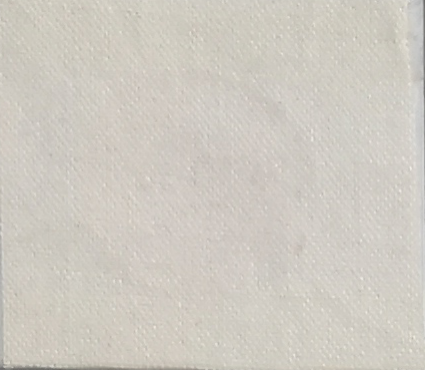
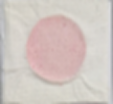
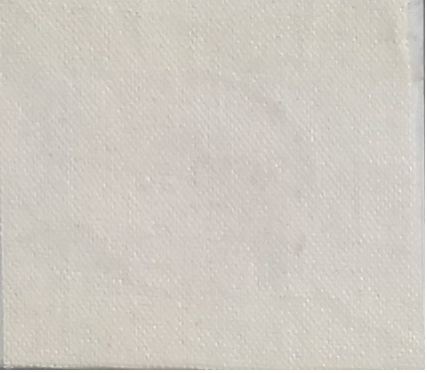
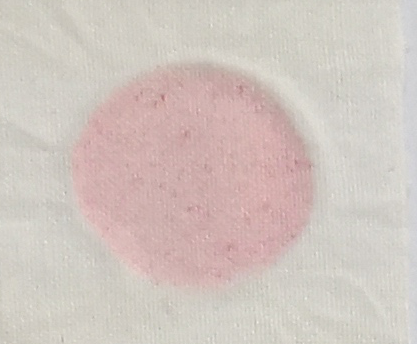
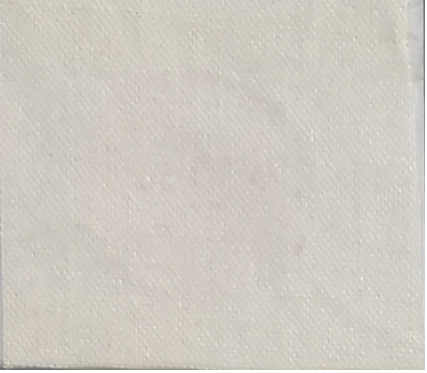

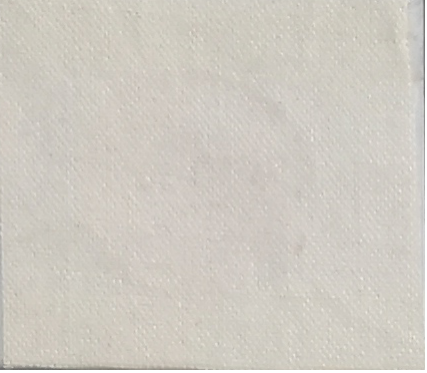
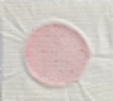
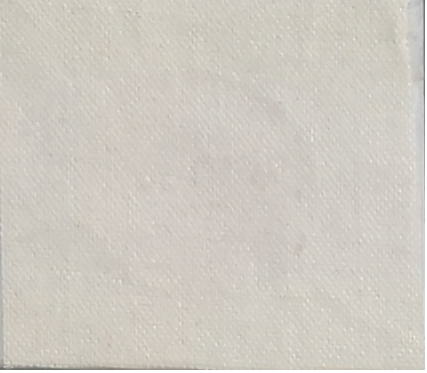

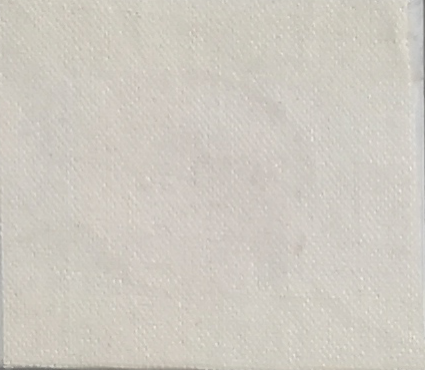

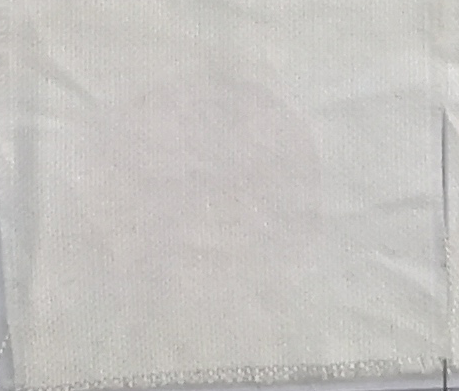
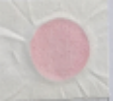

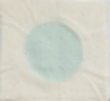

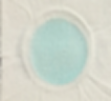

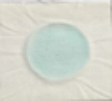

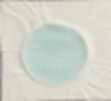

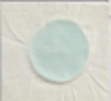

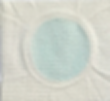

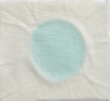
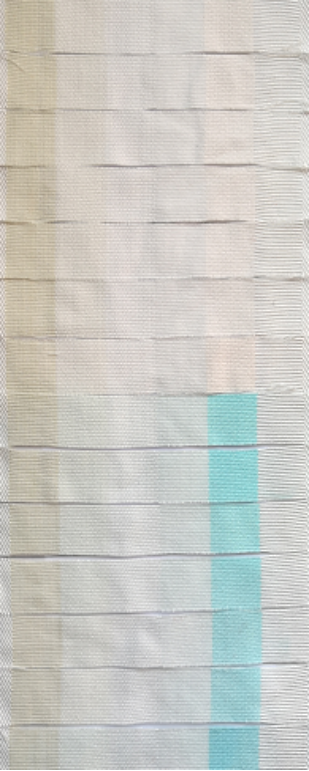
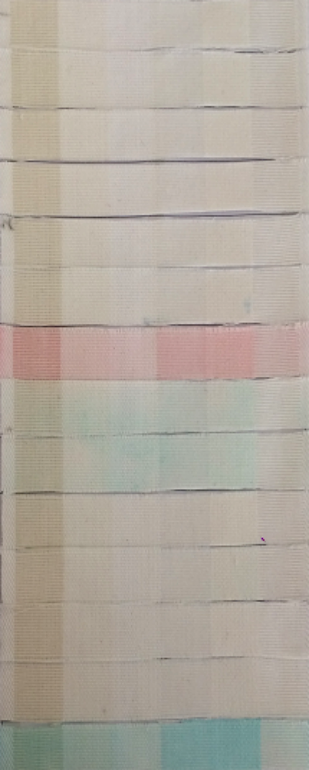
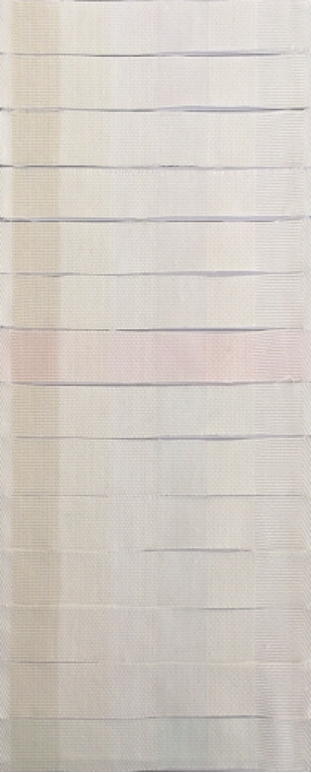
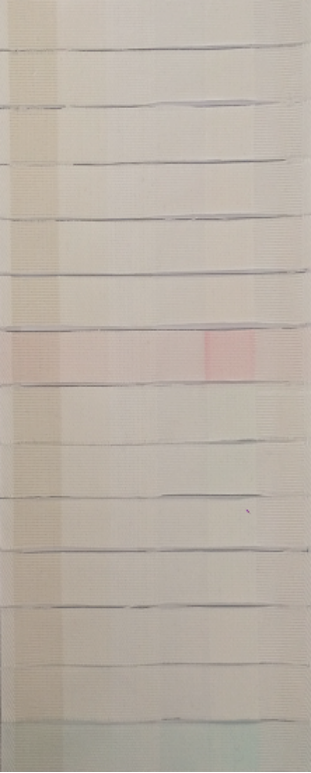
![The Moisture And Soft New Height Of Chemical Fiber Fabric [RL-CK Oil]](/uploads/image/20170504/14/softening-agent-hr-100_400x400.jpg)
